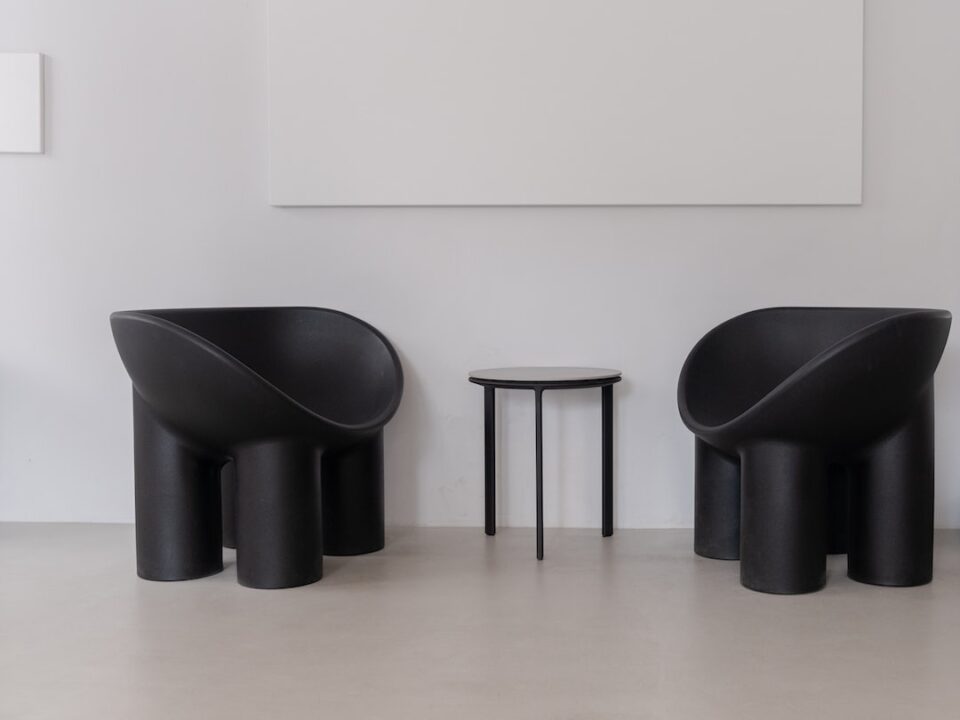Arranging furniture is like putting together a puzzle – you want to find the perfect arrangement that not only fits the room space but also creates a visually appealing and functional space. The art of arranging furniture is all about balancing style, proportion, and practicality to achieve a well-designed space that reflects your personal taste. In this blog post, we will share some useful tips to help you master the art of arranging furniture and create a space that you’ll love coming home to.
1. Start with a plan:
Before you begin moving furniture around, it’s important to have a clear plan in mind. Measure the dimensions of your room, including the length, width, and height. This will help you understand the space you are working with and avoid any unpleasant surprises. Create a simple sketch or use a room planner tool to visualize the layout of your furniture arrangement. Consider the focal points of the room, such as windows, fireplace, or architectural elements, and plan the furniture placement accordingly.
2. Create a focal point:
Every room needs a focal point that draws attention and gives a sense of purpose. It might be a fireplace, a large window with a beautiful view, or a statement piece of furniture. Arrange your furniture around this focal point to create a conversation area or a cozy reading nook. This arrangement allows people to naturally gather and enjoy the space together.
3. Consider traffic flow:
One of the most important aspects of arranging furniture is ensuring a smooth traffic flow. Think about how people will move through the room and make sure to leave enough space for walking. Avoid blocking doorways or creating obstacles in high-traffic areas. Consider the “three feet rule” – leave at least three feet of space between furniture pieces for easy movement.
4. Create balance and symmetry:
Symmetry creates a sense of visual harmony in a room. When arranging furniture, aim for balance by placing similar-sized furniture pieces on opposite sides of the room. For example, if you have a large sofa on one side of the room, balance it out with a pair of armchairs or a bookshelf on the other side. Symmetry doesn’t mean everything has to be identical; it simply means achieving a balanced visual weight.
5. Play with different arrangements:
Don’t be afraid to experiment and try out different furniture arrangements. Move furniture pieces around until you find the perfect combination that suits your style and maximizes the functionality of the space. Try angling furniture pieces or floating them away from walls to create visual interest and make the room feel more inviting.
6. Consider the scale and proportion:
When arranging furniture, it’s crucial to consider the scale and proportion of each piece. Oversized furniture can make a small room feel cramped, while tiny pieces can get lost in a large space. Make sure the furniture is proportionate to the room size and other pieces around it. Also, consider the height of furniture pieces – a low coffee table might not work well with a high-backed sofa, for example.
7. Add layers and textures:
Arranging furniture is not just about placement; it’s also about creating a visually interesting space. Add layers and textures to elevate the design. Layer rugs, mix different fabric textures, and incorporate elements like throw pillows, blankets, and art to add depth and warmth to the room. These details can make a significant difference in the overall aesthetics of the space.
8. Don’t forget about functionality:
While aesthetics are crucial, don’t forget about the practicality of the space. Consider how you will use the room and choose furniture that fulfills those needs. For example, if you’re setting up a home office, make sure to have a comfortable chair, a spacious desk, and proper lighting. If it’s a living room, ensure there is enough seating for guests and a coffee table within reach.
Arranging furniture is an art form that requires careful consideration of space, style, and functionality. By following these tips, you can create a well-designed space that not only looks visually pleasing but also meets your practical needs. Take the time to plan, experiment, and explore different arrangements until you find the perfect puzzle and your space will become a work of art.


